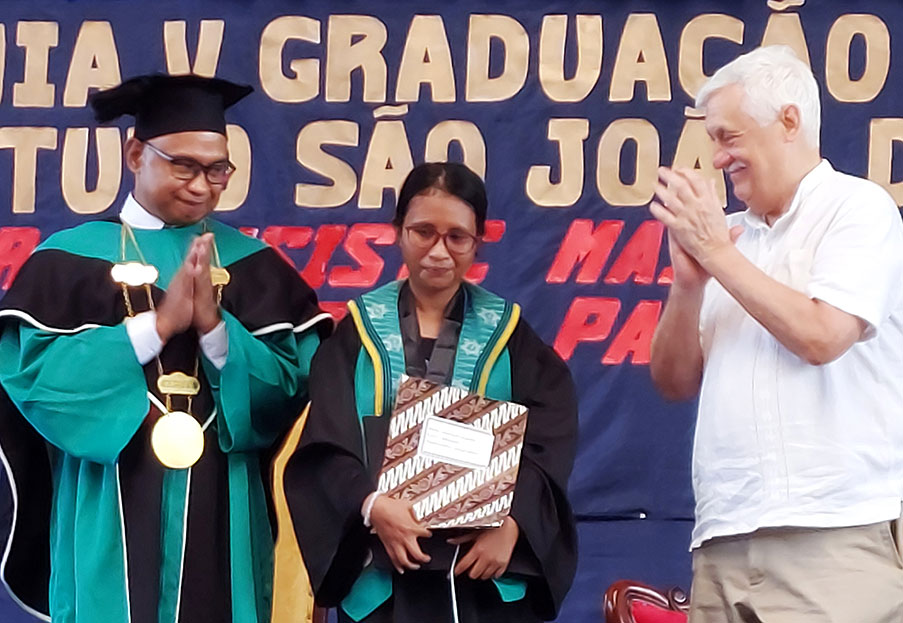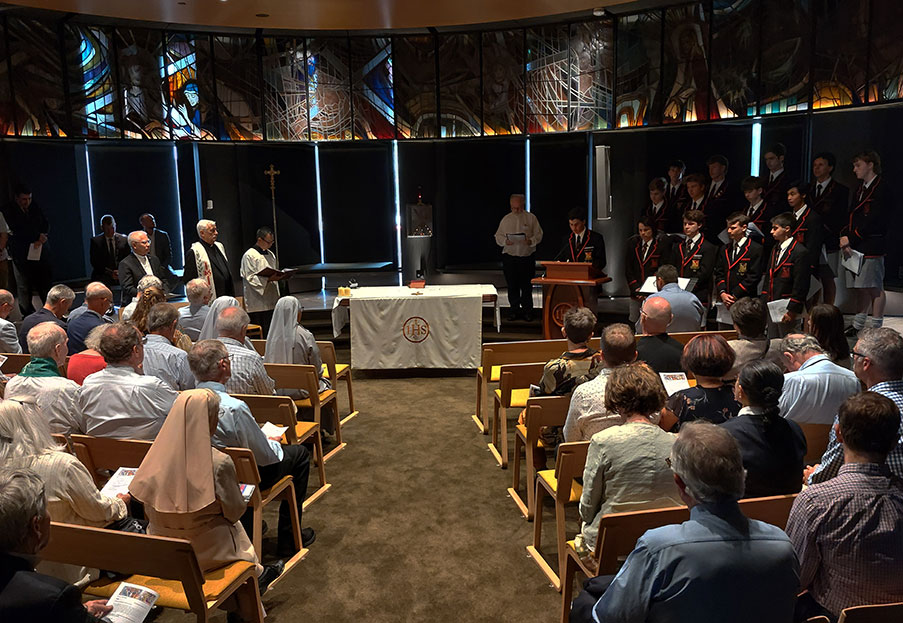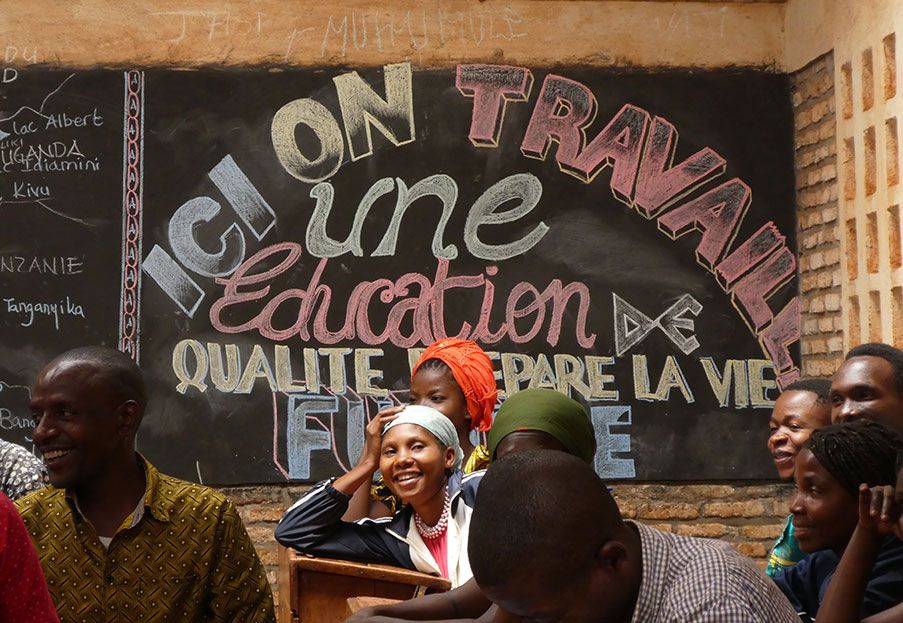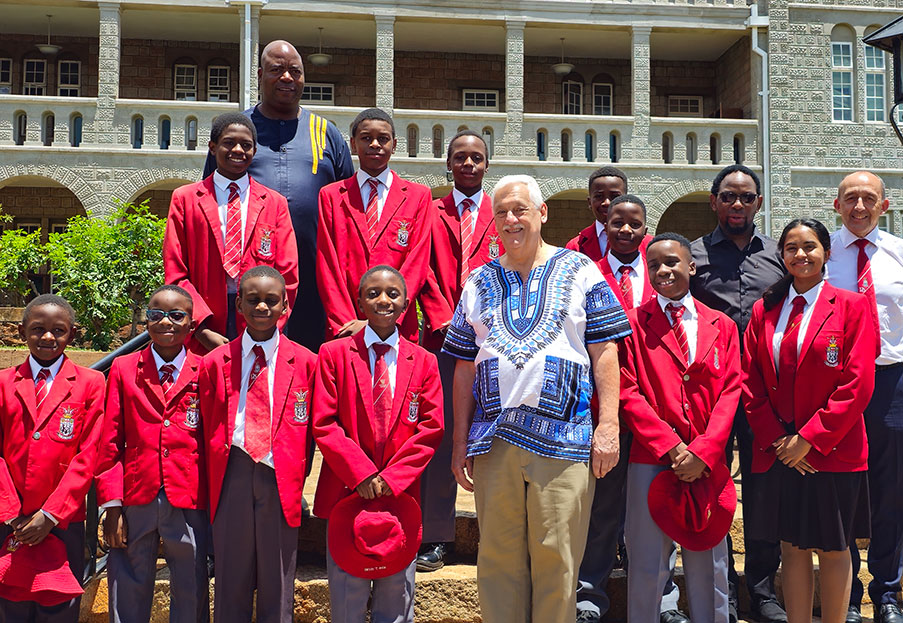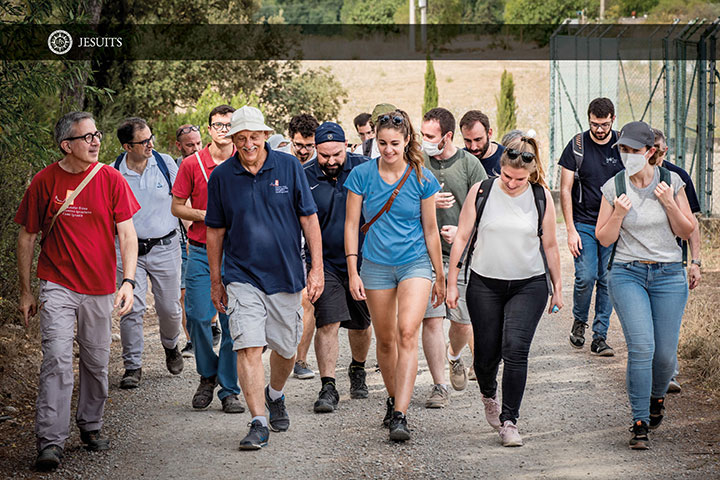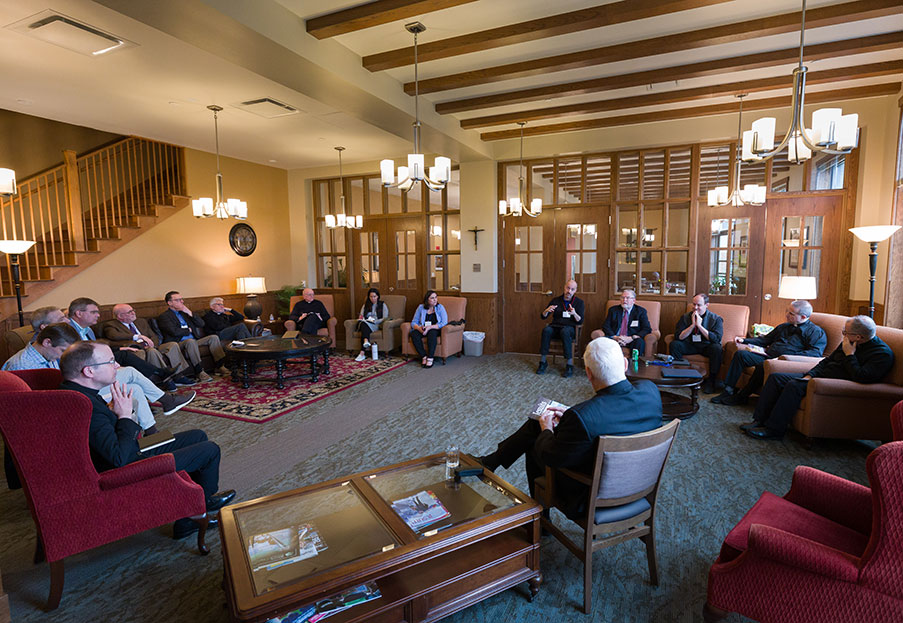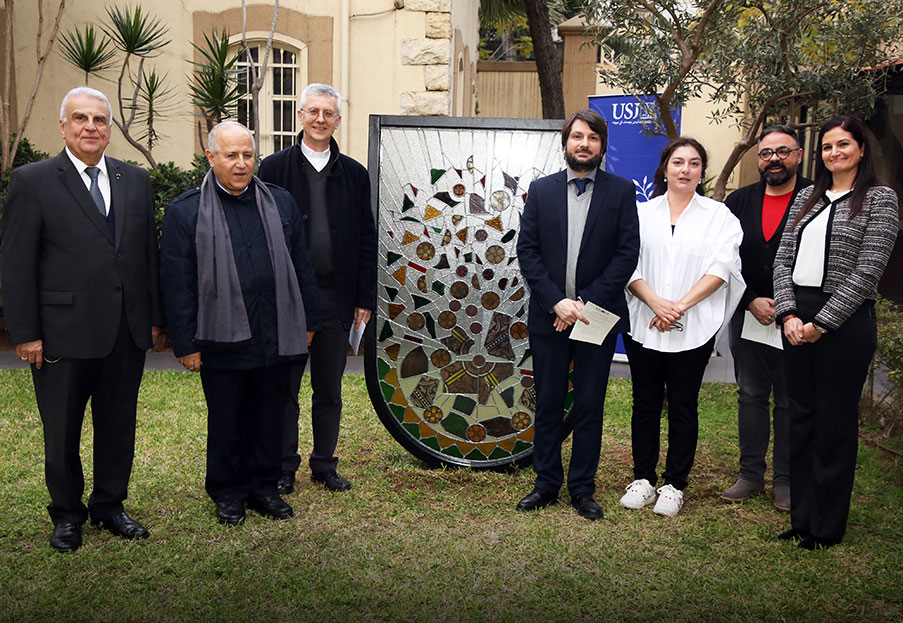“A living tradition”
On the horizon of the Universal Apostolic Preferences
By José Alberto Mesa, SJ
The first Jesuits, once they had decided to
dedicate themselves to education, understood that they had to prepare
themselves to be educators in the educational institutions they founded. When
they agreed to open the Collegio di San Nicolò (St.
Nicholas’ College) in Messina in 1548, they had not yet clearly defined how to
run a school. It was only in 1599, having worked more than 50 years in
education, that Father General Acquaviva promulgated the Ratio
Studiorum; the first official document on education that would
guide their educational works for centuries to come. This document often
reiterates what St. Ignatius strongly insisted on: responding to “times, places
and persons.” Thus, the first Jesuits had to learn
by doing.
In 1906, General Congregation 25 “judged that no
rewriting of the Ratio for
Lower Studies should be undertaken” (d. 12, § 1). But a new long process of
discernment began which took shape in the 1986 document Characteristics
of Jesuit Education. This document put forward
28 distinctive features of Jesuit education and successfully achieved a sense
of unity amid the diversity of the many national education systems in which
Jesuit schools function. Shortly after, in 1993, Ignatian
Pedagogy: A Practical Approach (known as the “Ignatian
Pedagogical Paradigm,” IPP) was published with the goal of introducing the core
elements of the pedagogical style that guide the teaching-learning process in
the classroom. However, the Society of Jesus is aware that our world has kept
on changing, that we live in times of swift transformations at every level, and
that, in response to this context, our educational works must maintain a
constant discernment to recognize the challenges and opportunities that this
frantic shift brings. This is why, after more than eight years of discussions,
the International Commission on the Apostolate of Jesuit Education (ICAJE) is
producing a new document: Jesuit Schools: A Living
Tradition in the 21st Century – An Ongoing Exercise of Discernment,
or, in short, A Living Tradition.
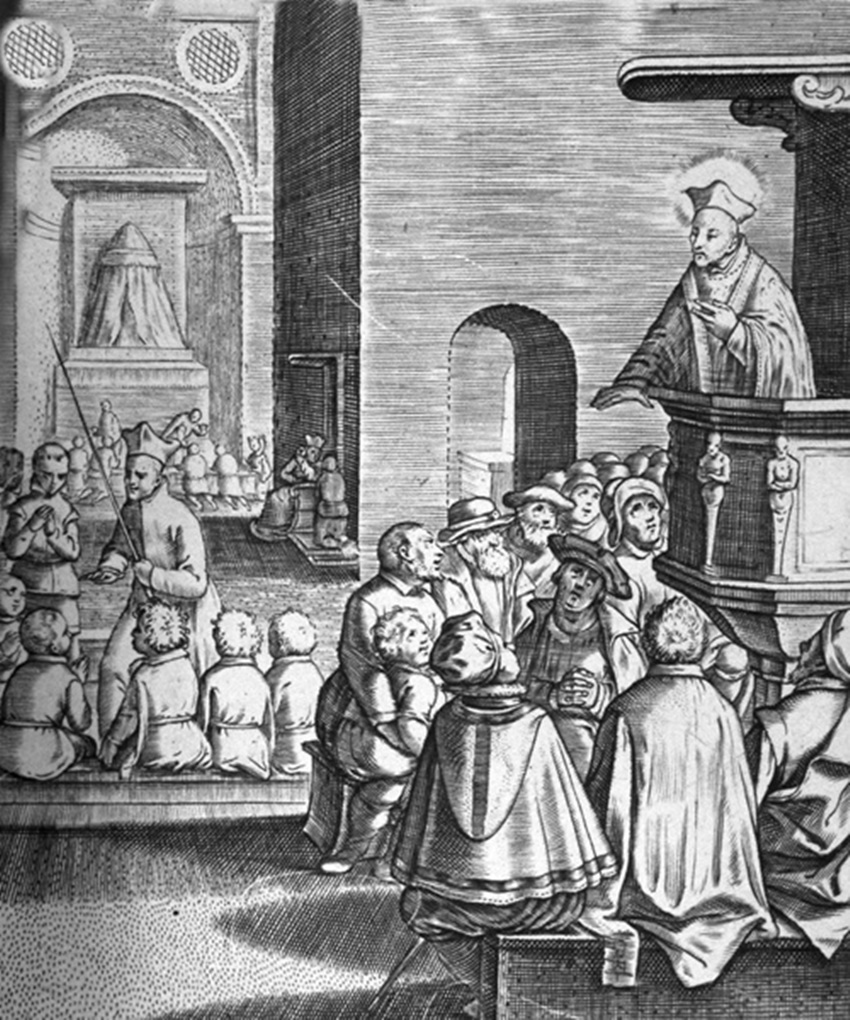
A Living Tradition consists of three interrelated parts. In the first part, the document is set in the context of the aforementioned founding documents, such as the Characteristics document of 1986 and the IPP of 1993. In this sense, as Father General Sosa states in his letter of promulgation, “A Living Tradition must be seen within the framework of the process of discernment that our educational apostolate has kept alive since Characteristics and the Ignatian Pedagogical Paradigm were first published.” Thus, “A Living Tradition does not replace the previous documents; rather, it complements and updates them as an ongoing exercise of discernment. The three should be taken together as the contemporary framework of Jesuit Education.” In this first part, the document also shares the spirit of the Universal Apostolic Preferences (UAPs) of the Society of Jesus, inviting us to discern how, through our educational processes, we show the way to God, we walk with the outcasts of the world in a mission of reconciliation and justice, we accompany young people in the creation of a hope-filled future and collaborate in the care of our Common Home.
In the second part, A Living Tradition sets out some of the world’s new realities from the standpoints of society, politics, education, religious practice, and within the Catholic Church and the Society of Jesus, in order to discern the context in which we serve.
Finally, in the third part, A Living Tradition provides 10 global identifiers meant to help educational institutions in the process of discernment from the perspective of the UAPs. These indicators can be easily linked to the four Preferences and should be interpreted as paths to help to put them in practice as part of the process of discernment demanded by them in the area of education. The 10 identifiers commit the educational works to:
- Be Catholic, and offer in-depth faith formation in dialogue with other religions and worldviews
- Create a safe and healthy school environment for all
- Educate on global citizenship
- The care of all creation
- Promote justice
- Be accessible for all
- Educate on interculturality
- Being a global network at the service of the mission
- Educate for human excellence
- Educate in life-long learning
Each identifier, as every section of A Living Tradition, goes with questions that are oriented toward discernment and must be understood within the broader context of the discernment the Preferences call for.
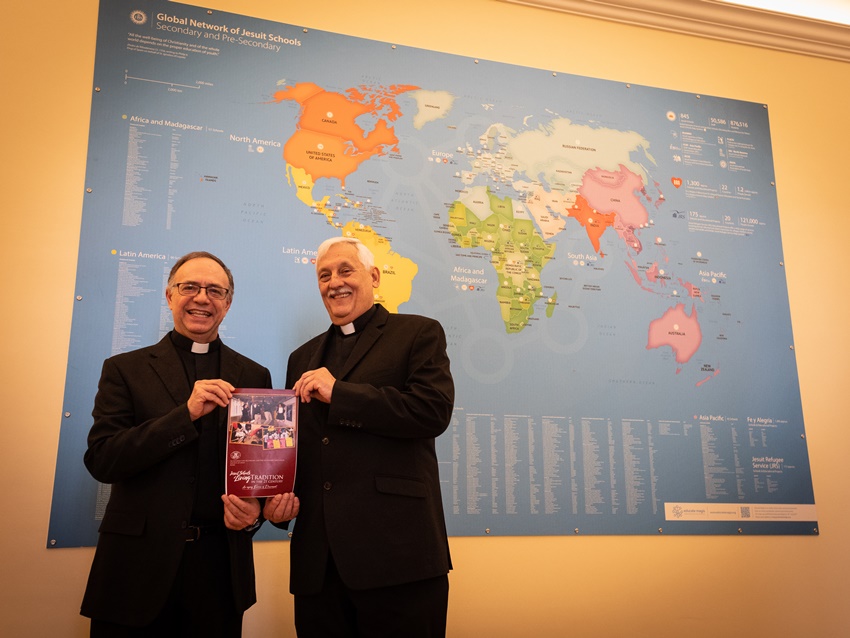
In
short, A Living Tradition lies within the larger process of the UAPs and
becomes a crucial tool for the educational institutions of the Society that
seek to answer the call to serve the mission of reconciliation and justice with
God, humanity and creation. In these indicators, educators, school
administrators, students, and parents will find concrete ways to approach the
UAPs, understand their implications, review what they are doing, and move
forward in their implementation.
[Article from "Jesuits - The Society of Jesus in the World - 2021", by José Alberto Mesa, SJ]

